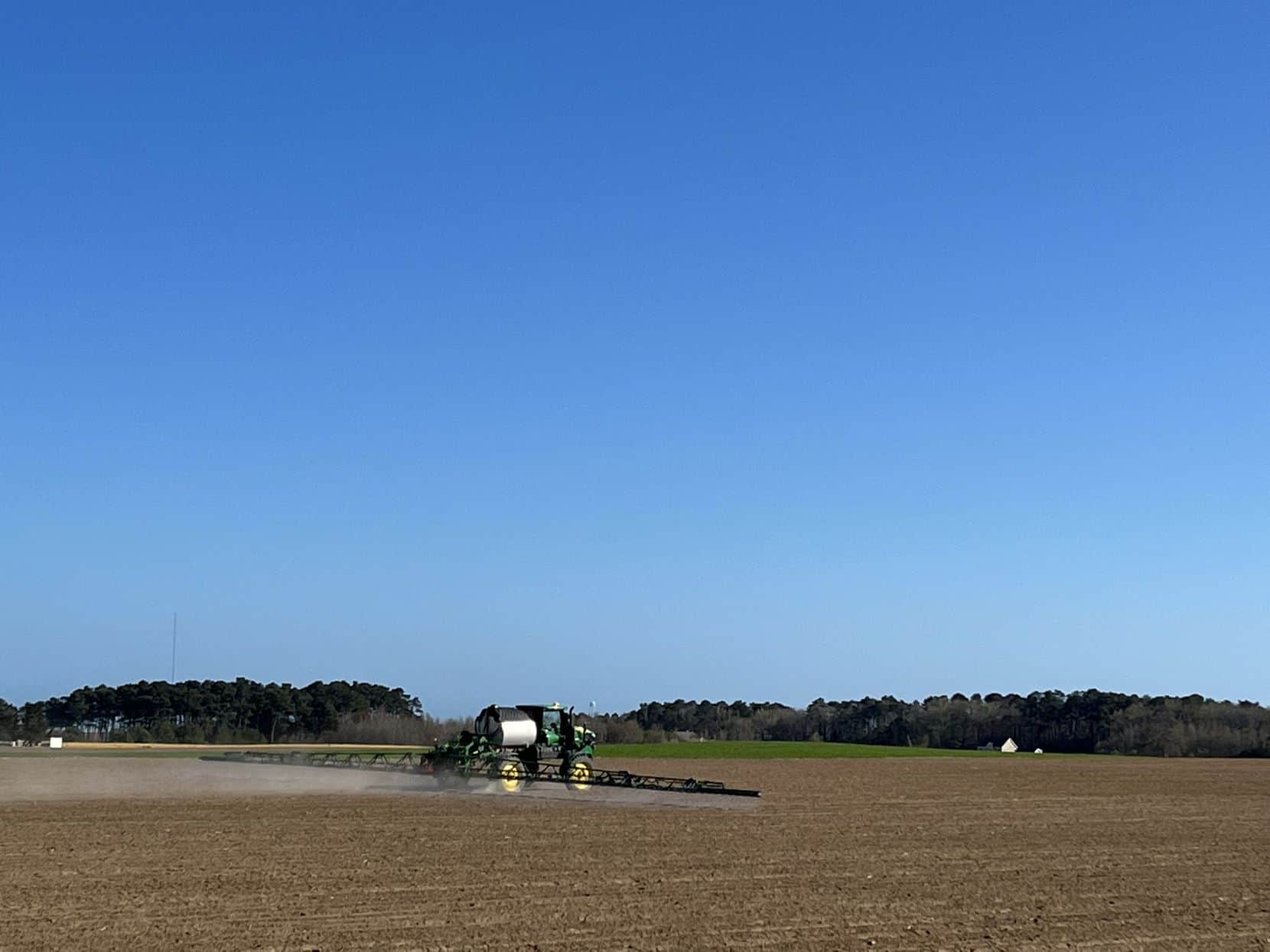
Dublin Farms has always been at the forefront of innovation in the Virginia potato industry. We were the first to fumigate fields to reduce nematode and disease pressure. It used to be done with overhead irrigation, but today we inject our fumigant into the ground precisely where it is needed, eliminating runoff and reducing the amount of chemical needed.
Fields are scouted daily for weeds, insects and diseases that can cause harm to the crop. Only when the threshold for crop damage has been surpassed do we apply a chemical treatment.
The latest John Deere precision ag technology is utilized on all our equipment, from equipment guidance to precision fertilizer application to electronically controlled seed spacing we use every resource available to reduce fertilizer and chemical use while still maximizing yields.

Potatoes require a lot of water to mature in time for the marketing season, June-August. We use center pivots that are controlled by an app on the phone; the app can monitor rainfall, irrigation applications, depletion rates by crop, available water in the soil and recommend the next irrigation application time and amount. Water management is a year long job. In the winter months we store runoff rainwater in our ponds holding it until the water is needed on the crops; this preserves our area’s limited underground water resources.
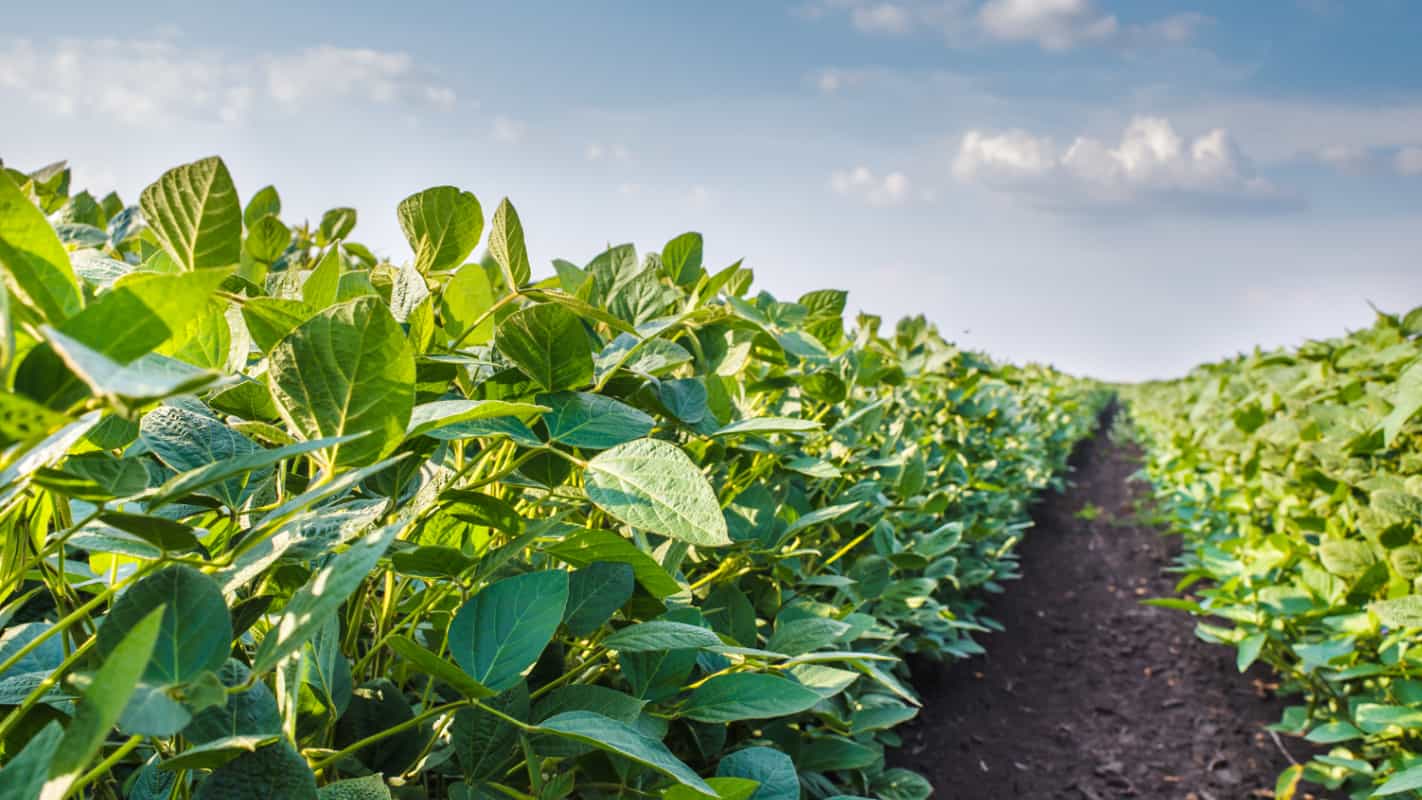
Crop rotations and cover crops are used in the years that potatoes are not planted in the field. Once the potato crop has been harvested the field is disced smooth then planted with a fall soybean or green bean crop. Those crops are harvested sometime in October and a cover crop is then planted into the field. The cover crop helps to build organic matter in the soil which increases water retention and holds nutrients in the soil for the next year’s crop, typically corn.
In the spring corn will be planted into the cover crop then sprayed and killed so that the corn can grow. The cover crop will act like a mat covering the soil, helping to prevent evaporation of water and suppressing weed seed germination. This practice helps to minimize chemical applications. The corn, which will be sold for chicken feed, is harvested sometime in September.

After the corn is harvested, we till the land to help break up compaction and work in all the biomass (residue from the cover crop and corn crop) that sits on top of the soil. That biomass is full of nutrients that we need to break down so they will be plant available in the spring when the potatoes are planted.
Tillage depletes soils of organic matter, but currently there is no way to plant and grow potatoes without it. We are currently working with industry leading companies like Tri-Est Ag and Schlagle Manufacturing to develop a minimum tillage practice for potatoes.

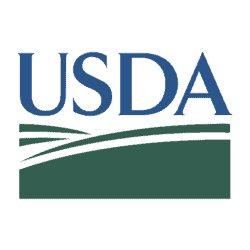


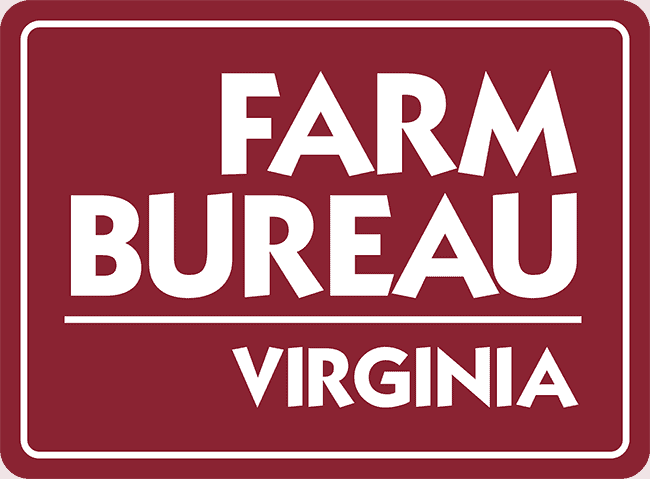
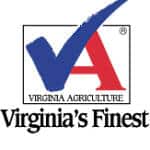
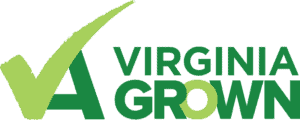
5280 Fleming Rd.
Horntown, VA 23395
© 2025 Dublin Farms. All rights reserved.